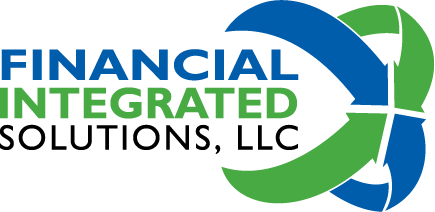
What Is a 401(k) Plan?
A 401(k) plan is a self-directed, qualified retirement plan established by an employer to provide future retirement benefits for employees. Employee contributions are made on a pre-tax basis, and employer contributions are often tax deductible.
If you have a Roth 401(k) option, contributions are made with after-tax dollars, but qualified distributions after age 59½ are free of federal income tax. To qualify for a tax-free distribution, the distribution must also satisfy the five-year holding rule.
Many employers are now enrolling new hires automatically in 401(k) plans, allowing them to opt out later if they choose not to participate. This is done in the hope that more employees will participate and start saving for retirement at an earlier age.
If you elect to participate in a 401(k) plan, you can allocate a percentage of your salary to your plan every paycheck. The maximum annual contribution is $23,500 in 2025 (up from $23,000 in 2024). If you will be 50 or older before the end of the tax year, you can contribute an additional $7,500 in 2025 (unchanged from 2024). Contribution limits are indexed annually for inflation. The funds in your account will accumulate tax deferred until withdrawn, when they are taxed as ordinary income.
New for 2025, workers age 60 to 63 can make a larger "super catch-up" contribution of $11,250. Like all catch-up contributions, the age limit is based on age at the end of the year, so you are eligible to make the full $11,250 contribution if you will turn 60 to 63 any time during 2025, but not if you will turn 64.
Employer contributions are often subject to vesting requirements. Employers can determine their own vesting schedules, making employees partially vested over time and fully vested after a specific number of years. When an employee is fully vested, he or she is entitled to all the contributions made by the employer when separating from service.
In plans that offer loans, you may also be allowed to borrow money from your account (up to 50% of the vested account value or $50,000, whichever is less) with a five-year repayment period. Of course, if you leave your job, the loan may have to be repaid immediately.
The assets in a 401(k) plan are portable. When you leave your job or retire, you can move your assets or take a taxable distribution. However, if you leave a company before you are fully vested, you will be allowed to take only the funds that you contributed yourself plus any vested funds, as well as any earnings that have accumulated on those contributions.
Within certain limits, the funds in your 401(k) plan can be rolled over directly to your new employer’s retirement plan without penalty. Alternatively, you can roll your funds directly to an individual retirement account (IRA).
Generally, you must begin taking required minimum distributions from 401(k) plans no later than April 1 of the year after you reach age 73 (75 if age 73 is reached after December 31, 2032). Distributions from regular 401(k) plans are taxed as ordinary income and may be subject to a 10% federal tax penalty if withdrawn before age 59½, unless an exception applies.
A 401(k) plan can be a great way to save for retirement, especially if your employer offers matching contributions. If you are eligible to participate in a 401(k) plan, you should take advantage of the opportunity, even if you have to start by contributing a small percentage of your salary. This type of plan can form the basis for a sound retirement funding strategy.
The information in this article is not intended as tax, legal, investment, or retirement advice or recommendations, and it may not be relied on for the purpose of avoiding any federal tax penalties. You are encouraged to seek guidance from an independent tax or legal professional. The content is derived from sources believed to be accurate. Neither the information presented nor any opinion expressed constitutes a solicitation for the purchase or sale of any security. This material was written and prepared by Broadridge Advisor Solutions. © 2025 Broadridge Financial Solutions, Inc.

